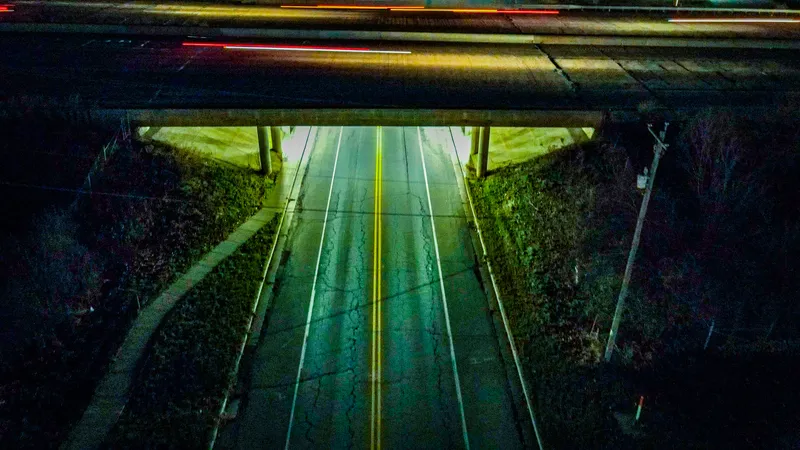French road operator APRR (Autoroute-Paris-Rhin-Rhône) has opted to replace obsolete sodium lamps with LED lighting in the 3.3km Chamoise Tunnel. The LEDs have four times the lifespan of high pressure sodium bulbs and are expected to cut energy use by 45 per cent, or some or 400,000kWh. Moreoever, APRR says the LED units also make lighting more uniform and colours are truer to their normal values, which helps drivers and the cameras that record incidents. Each tube of the tunnel will have 600 LED lamps, cos
March 22, 2012
Read time: 1 min
French road operator 4193 APRR (Autoroute-Paris-Rhin-Rhône) has opted to replace obsolete sodium lamps with LED lighting in the 3.3km Chamoise Tunnel. The LEDs have four times the lifespan of high pressure sodium bulbs and are expected to cut energy use by 45 per cent, or some or 400,000kWh. Moreoever, APRR says the LED units also make lighting more uniform and colours are truer to their normal values, which helps drivers and the cameras that record incidents.
Each tube of the tunnel will have 600 LED lamps, costing US$860 each and 230 high-pressure sodium lamps, which will cost US$530 each. The lighting equipment is being supplied by4196 Comatelec, with 4199 Cegelec providing electrical assistance and 4200 Clemessy will be in charge of supplying a management centre.
Each tube of the tunnel will have 600 LED lamps, costing US$860 each and 230 high-pressure sodium lamps, which will cost US$530 each. The lighting equipment is being supplied by









